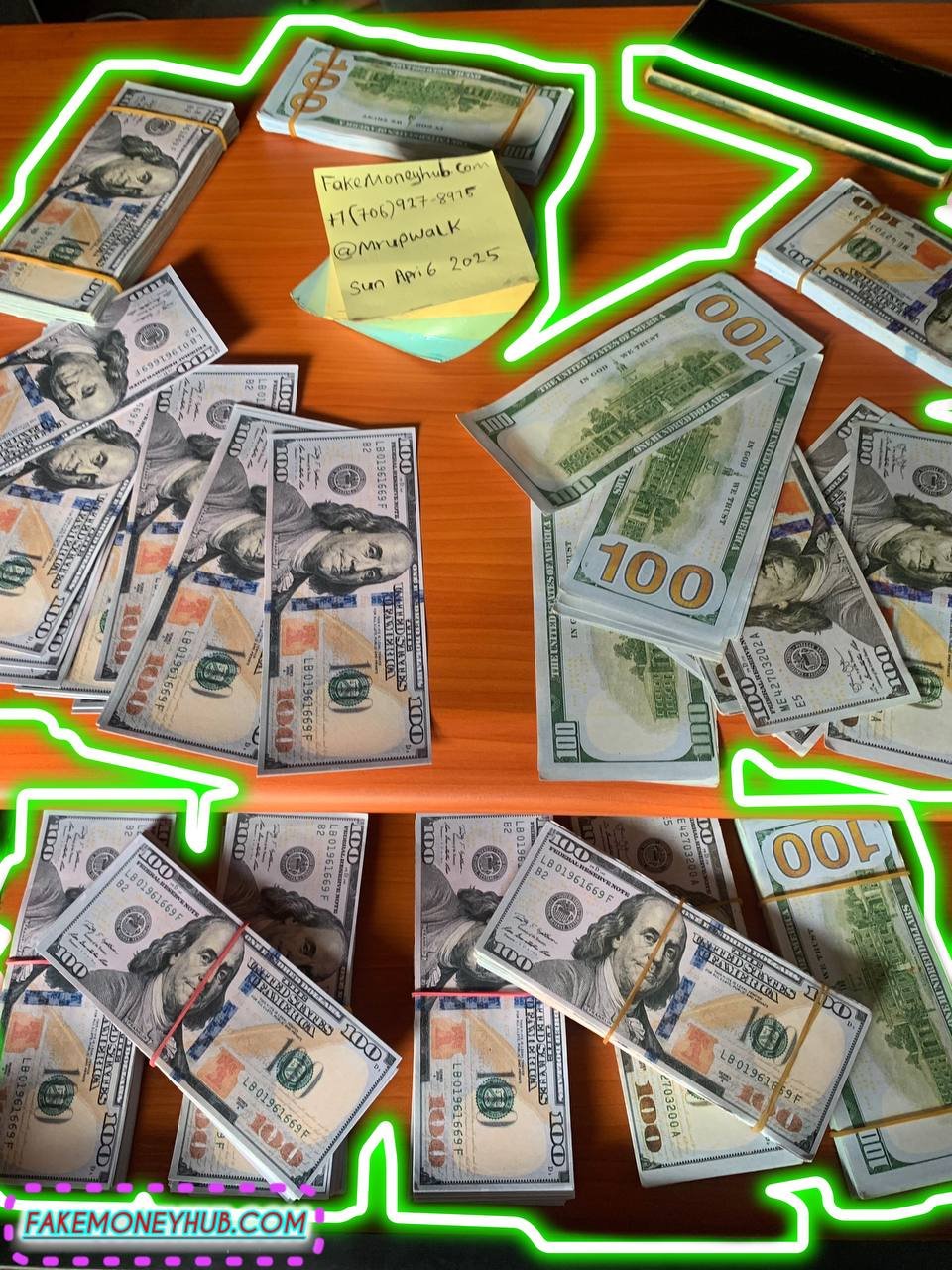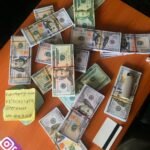Counterfeit Bills | Fake Counterfeit Money
Scenario: A con man gets a ton of Counterfeit Bills. He then passes the bill with dismantling or another solvent solution to remove the ink printed on the paper.
Second, scammers are print on high-quality printers and are more domestically worth $100 for old bills. These invoices can also be use for transactions with various retailers

This plan can sound like a fictional character scheme that was use as part of Kliner’s operations in the first season of Amazon Prime’s Amazon Prime (base on the Lee Child S Jack Reacher series, book 1 in The Killing Floor). Reacher
In the show, it is Paul’s role to collect hundreds of thousands of Counterfeit Dollar Bills, then sent to Heffen in Florida, where he is stuff and sent to Venezuela for ink removal and reprinting.
However, the cases actually mentioned are not fiction.
It appears that Hollis Fortau, a New Jersey man, interpreting the murder floor as a manual for his real life, led a successful fake money programme until his recent detention. Forfour was previously declare twice in 2015
However, his latest program was a bit call. For four has collected a real dollar. He bleached it and turned it into a $100 fake.
He had a printer and a laptop. There, he traveled to create bills in a hotel room for his co-snacks and created fake bills with a consistent supply.
The arrests of three of his conspirators ultimately lead the US Secret Service to Forhoo, but only after he successfully produce $235,000 in Fake Cash.
Cash bleaching for many years
The practice of bleaching cash is nothing new. Over the years, many cases of bleach bills have been reported in the United States.
As early as 2020, Seymour, Indiana police warn of fake bills spreading across the area. They notice that criminals use them to make small purchases on the fast food chain and receive valid cash changes in exchange.
The previous year, a Louisiana couple admitted they had created fake invoices of about $30,000, which they spent on four separate states.
The couple bleached the US dollar bill and reprinted it as a $50 bill. This led to fraudulent money being purchased through chain transactions and then returned in cash elsewhere after purchasing the product.
Counterfeit Bills | Buy Fake Dollar Bills
The couple estimate they made between 20,000 and 30,000 US dollars in the month they were up and running. The couple finally got caught by a Walmart employee who recognize one of the bills as fake and call the police.
The even more reduce man in Atlanta was convicted in 2011 after creating a fake bill of about USD 1.2 million before he was caught. He successfully bleach $5 and thought of it as a $100 bill for two years before he was discover bleach the bill?
Official paper from US paper is printed on a certain type of paper, consisting of 75% cotton and 25% linen. This combination creates a sense of how we are use to dealing with money.
This lack of specific relationship is how fake ink pens can recognize invoices that are not printed on the correct paper.
By bleaching and reprinting the actual bills into them, cashiers can handle the use of “emotions” and 1/5 of the use of fake ink power.
For example, if a scammer uses a $5 calculation for bleaching and reposting it on a $100 invoice, the invoice includes a UV fluorescence security function (the wrong function of a $100 invoice), making it even more difficult for busy people to discover. Here, fake identification devices are useful.
The scam redemption currency product line is divides into two general categories.
Automatic recognized forgery

Auto-detect
CT-600_LEFT
The scammer’s automatic currency authentication device is design to need end users to have a proper knowledge of counterfeiting recognition.
The cashier simply inserts the invoice into the fraudster. The device then performs many certification tests on the invoice, including infrared marking, magnetic ink undulations, optics, IR spectra, paper quality and thick testing.
Manually recognized forgery

ULED-20000_LEFT
The fraud detection device handbook uses UV lights with controlled wavelengths to enable end users to check whether the appropriate UV fluorescence security functions are available on their invoices.
These devices are equip with indicators for specific features, but require user knowledge. However, one advantage is that it can be use to check several types of documents, such as driver licenses, passports, and credit cards.




